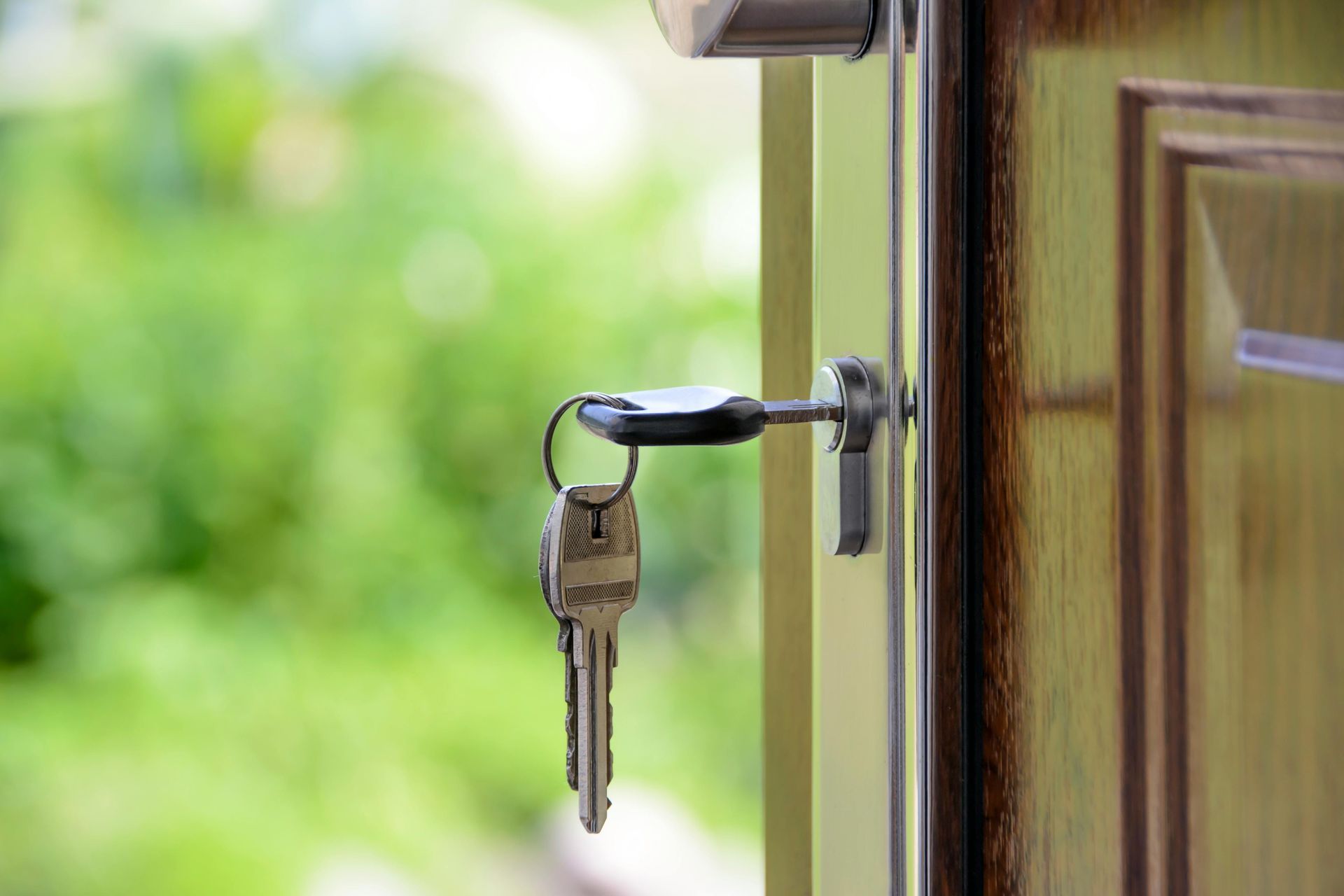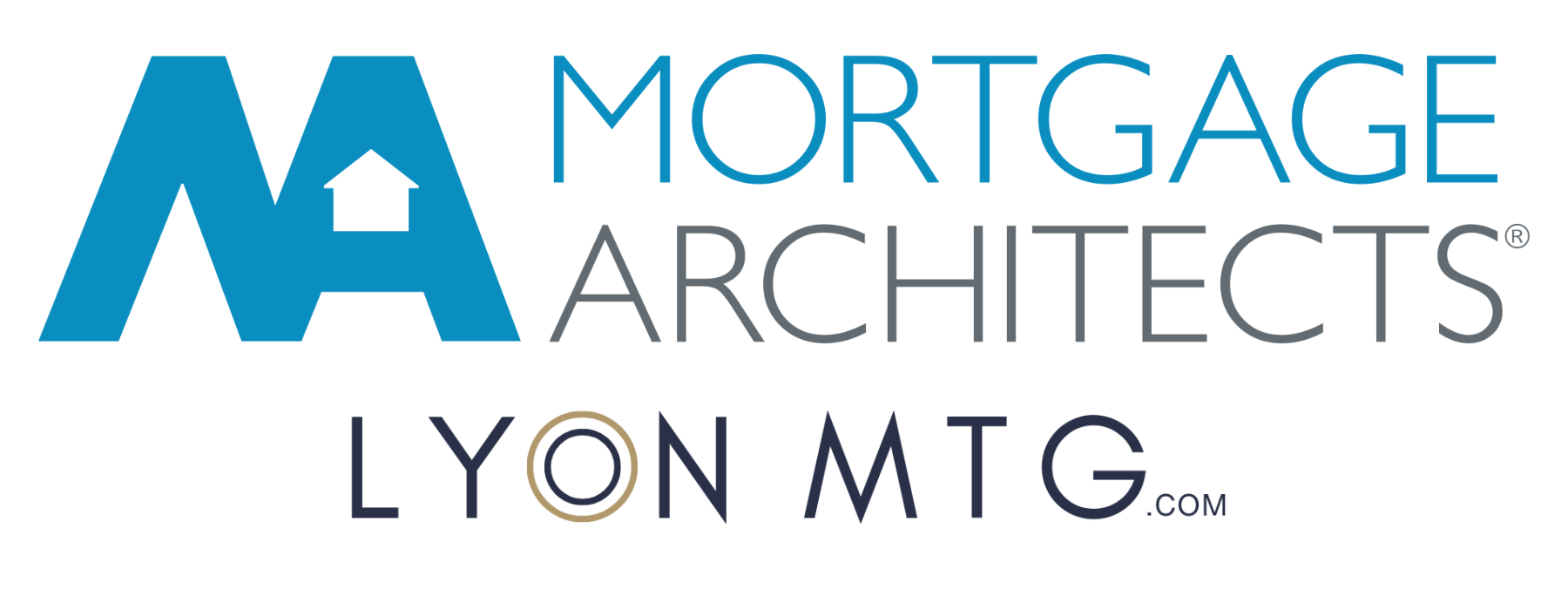How to Buy a Home: A Step-by-Step Guide
Buying a home is one of the biggest financial decisions you’ll ever make. Whether it’s your first home or your next one, the process can feel overwhelming without a clear roadmap. This guide breaks down each step so you know what to expect, who’s involved, and how to prepare.
What Does Buying a Home Involve?
At its core, buying a home means matching your budget with the right property, securing financing, and completing all the legal steps to make it yours. The journey usually takes 3–6 months from start to possession, though it can be quicker or longer depending on the market and your situation.
The Home Buying Timeline
Here’s how the process typically unfolds:
- Pre-Approval – Meet with a mortgage broker to review your income, down payment, and debts. A pre-approval shows what you can afford and locks in a rate if needed.
- Initial Consultation with Your Realtor – Define your search criteria, including location, size, and must-have features.
- House Hunting (1–3 months) – Tour properties with your Realtor. Share potential homes with your broker to ensure they fit lending guidelines.
- Making an Offer – Your Realtor helps draft and negotiate the offer, including important conditions (“subjects”) like financing and inspection.
- Subject Removal (7–10 days) – Work with your mortgage broker, inspector, and lawyer to complete due diligence. Once you remove subjects and provide your deposit, the home is officially SOLD.
- Preparation for Closing (2–6 weeks) – Arrange insurance, utilities, moving details, and gather your down payment and closing costs.
- Closing (3–5 days before possession) – Meet with your lawyer/notary to sign documents and pay the balance of your down payment.
- Possession Day – Final walkthrough and key handoff. Time to move in!
Who Are the Key Players?
You’ll interact with several professionals during this process:
- You, the Buyer – Deciding what you want and what you can afford.
- Realtors – The listing agent represents the seller; your buyer’s agent represents you, negotiates on your behalf, and is paid by the seller.
- Mortgage Broker – Helps secure financing, compare lenders, and structure your mortgage.
- Lender – The bank or credit union providing your mortgage loan.
- Lawyer/Notary – Handles the legal transfer of funds and property title.
- Home Inspector – Checks for issues with the property.
- Appraiser – Confirms the property’s market value for the lender.
Costs to Budget For
Beyond your down payment, you’ll need cash set aside for closing costs:
- Legal Fees: $1,400–$2,200
- BC Property Transfer Tax (PTT):
- 1% on the first $200,000 of the property’s market value
- 2% on the portion between $200,000 and $2,000,000
- 3% on the portion between $2,000,000 and $3,000,000
- 5% on any amount above $3,000,000
- There are exemptions for first-time buyers and for those purchasing newly built homes. Use my Property Transfer Tax Calculator to estimate your costs.
- Appraisal: Around $400
- Home Inspection: Around $500
- Insurance & Moving Costs: Variable
You can also use my Closing Cost Calculator to create a personalized budget.
Rule of thumb: budget 1.5% of the purchase price for closing costs. First-time buyers may need less due to property transfer tax exemptions.
Quick Summary
- Step 1: Get pre-approved so you know your budget
- Step 2: Work with the right team (Realtor, broker, lawyer, inspector)
- Step 3: Budget for both down payment and closing costs
- Step 4: Follow the process—offer, subjects, closing, possession
- Step 5: Enjoy your new home with confidence!
Next Steps
If you’re thinking about buying your first home—or it’s just been a while since your last purchase—the best place to start is a conversation. Let’s walk through your numbers and get a plan in place. Book a consultation or call 778-988-8409.
Mortgage Term Glossary
Amortization: Length of time to fully pay off your mortgage (commonly 25–30 years).
Appraisal: Professional estimate of your home’s market value, often required by lenders.
Deposit: Money you pay when your offer becomes firm; goes toward your down payment.
Down Payment: Your initial contribution toward the home’s purchase price.
Equity: The difference between your home’s value and what you owe on the mortgage.
Fixed Rate: Mortgage rate that stays the same for your term.
Mortgage Term: The length of your mortgage contract (1–5 years).
Pre-Approval: A budget put together by your mortgage broker to show what you can afford.
Stress Test: Rule requiring buyers to qualify at a higher interest rate than their actual rate.
Variable Rate: Mortgage rate that can fluctuate with the lender’s prime rate.





